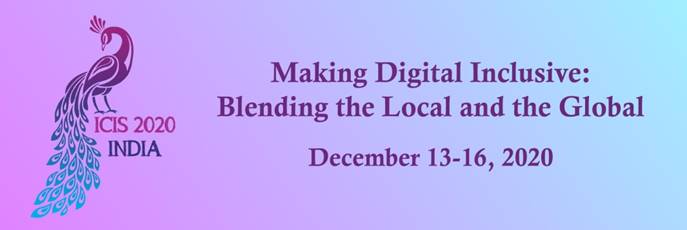Social Media and Digital Collaboration
Loading...
Paper Type
Complete
Paper Number
1341
Description
Managers of social media platforms aggressively compete for the participants who create user-generated content on their sites. In this study, we delve into one tactic of this competition which has become increasingly popular, but has received limited attention, the extension of character limits. Despite its popularity, the impact of changing these limits on user posting behavior is unclear. On the one hand, increasing limits might discourage posting by yielding annoyingly long posts which drive away audiences who favor microblogs for their streamlined and efficient content. On the other hand, increasing limits might encourage posting by giving users the freedom they need to more effectively communicate ideas and attract more positive feedback from the audience. We delve into this tension by exploiting a natural experiment, the phased rollout of length limit extensions on the Chinese microblog, Weibo. Findings from more than 8,000 users suggest that extending length limits significantly increases user engagement by enticing users into posting more actively. However, it appears that accessing the platform through tethered or mobile connection strongly moderates the effect, inasmuch as the observed change to post volumes is only observed for PC users (versus mobile-only users). Given that the access to digital devices such as mobiles or PCs varies across income, age, and gender, this result suggests that by designing different length limits for online posts, social media platforms can target certain demographic groups as the sources of content generation. When platforms extend length limits, they risk of shifting the content generation away from the traditional mobile users they have relied upon.
Recommended Citation
Wang, Shuting (Ada) and Greenwood, Brad, "Does Length Impact Engagement? Length Limits of Posts and Microblogging Behavior" (2020). ICIS 2020 Proceedings. 1.
https://aisel.aisnet.org/icis2020/social_media/social_media/1
Does Length Impact Engagement? Length Limits of Posts and Microblogging Behavior
Managers of social media platforms aggressively compete for the participants who create user-generated content on their sites. In this study, we delve into one tactic of this competition which has become increasingly popular, but has received limited attention, the extension of character limits. Despite its popularity, the impact of changing these limits on user posting behavior is unclear. On the one hand, increasing limits might discourage posting by yielding annoyingly long posts which drive away audiences who favor microblogs for their streamlined and efficient content. On the other hand, increasing limits might encourage posting by giving users the freedom they need to more effectively communicate ideas and attract more positive feedback from the audience. We delve into this tension by exploiting a natural experiment, the phased rollout of length limit extensions on the Chinese microblog, Weibo. Findings from more than 8,000 users suggest that extending length limits significantly increases user engagement by enticing users into posting more actively. However, it appears that accessing the platform through tethered or mobile connection strongly moderates the effect, inasmuch as the observed change to post volumes is only observed for PC users (versus mobile-only users). Given that the access to digital devices such as mobiles or PCs varies across income, age, and gender, this result suggests that by designing different length limits for online posts, social media platforms can target certain demographic groups as the sources of content generation. When platforms extend length limits, they risk of shifting the content generation away from the traditional mobile users they have relied upon.
When commenting on articles, please be friendly, welcoming, respectful and abide by the AIS eLibrary Discussion Thread Code of Conduct posted here.



Comments
11-SocMedia